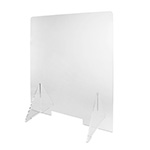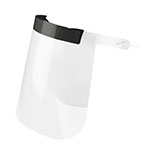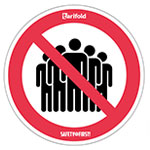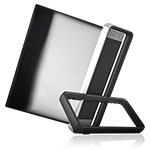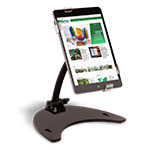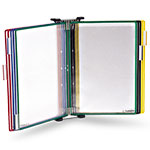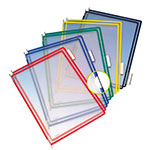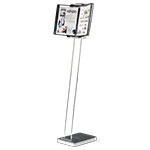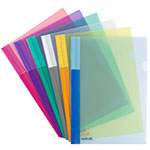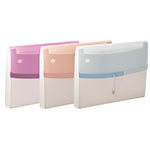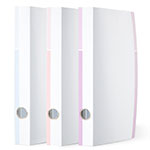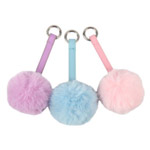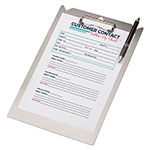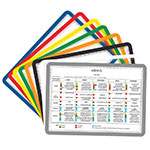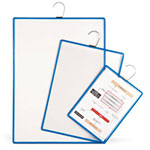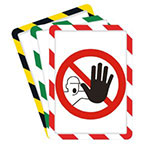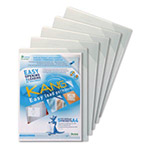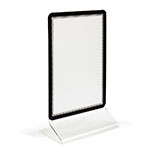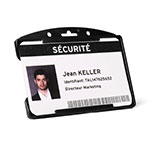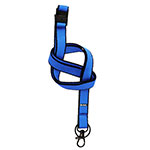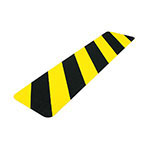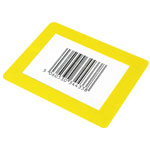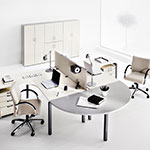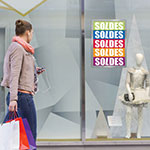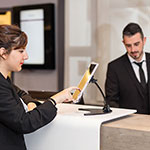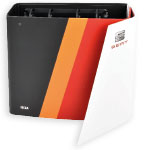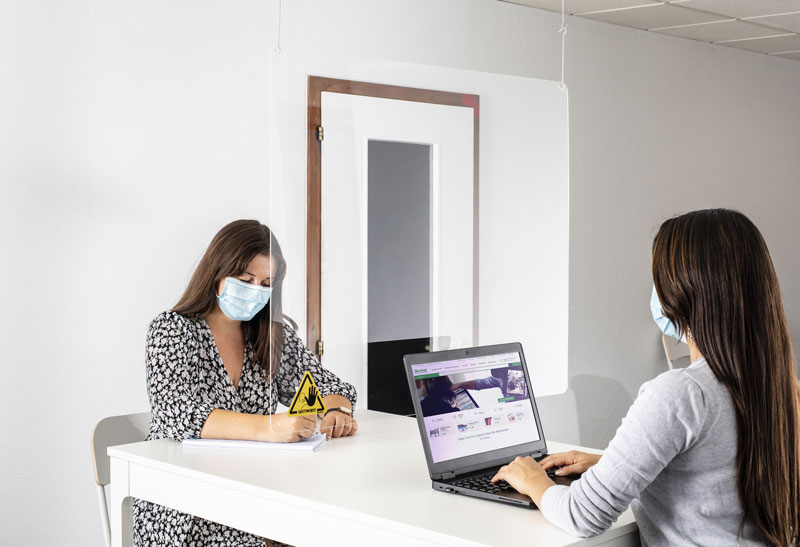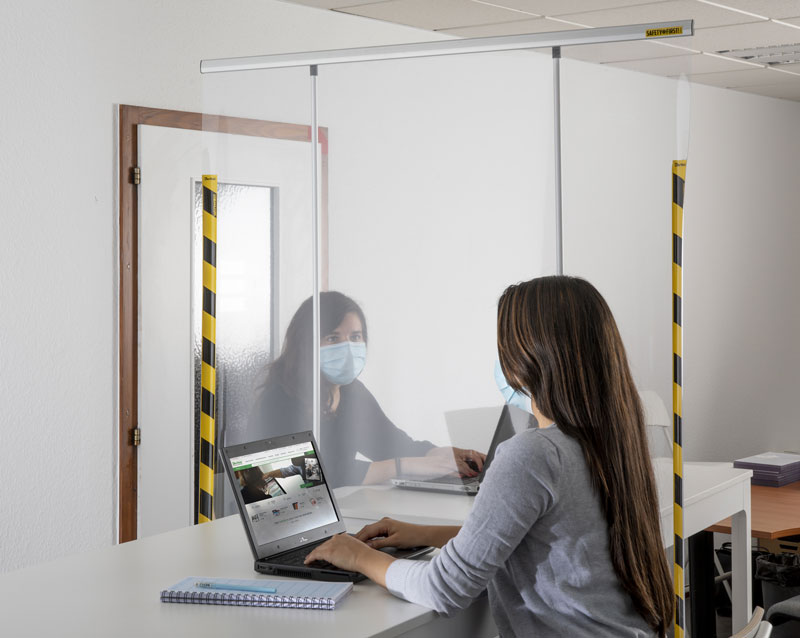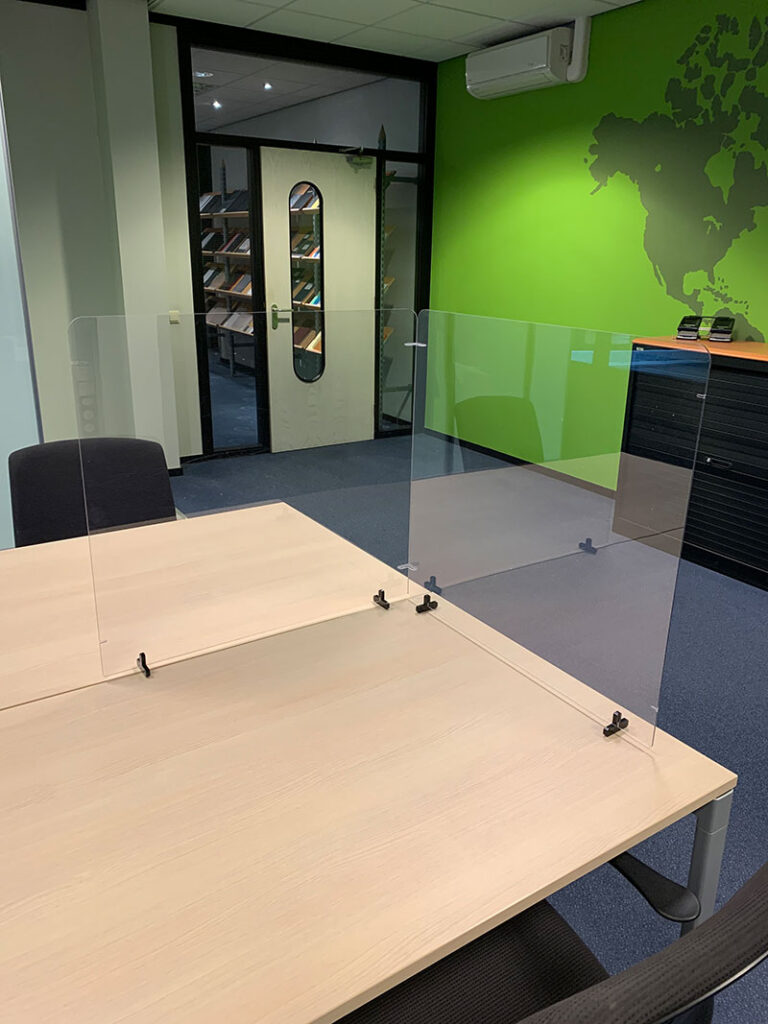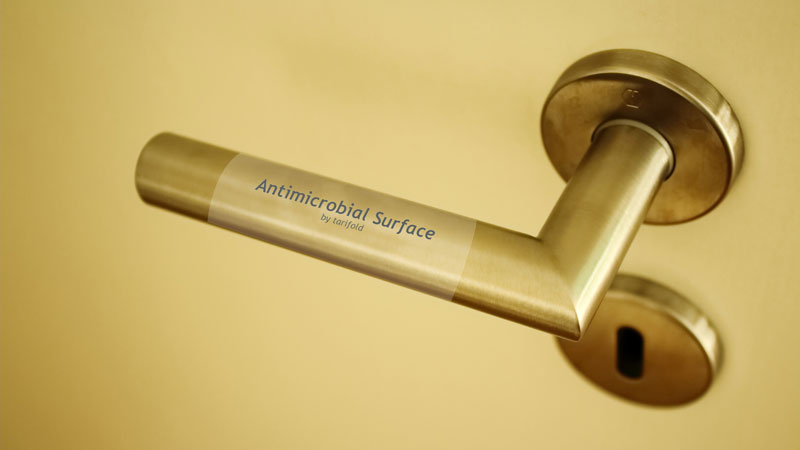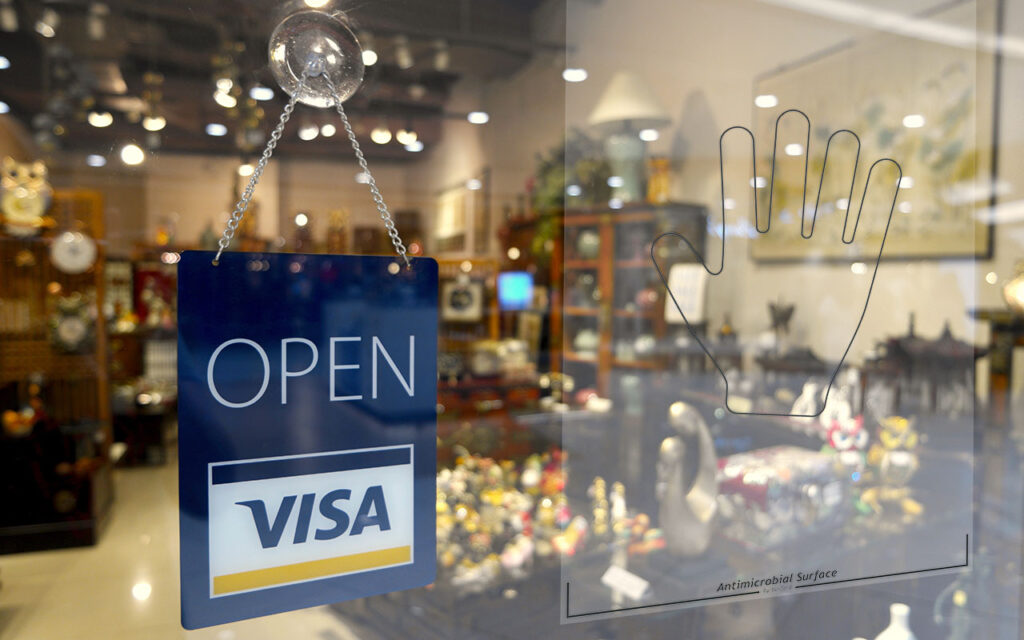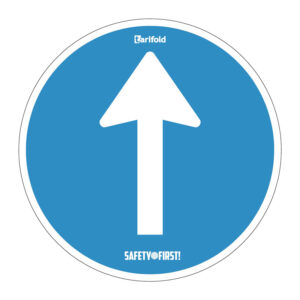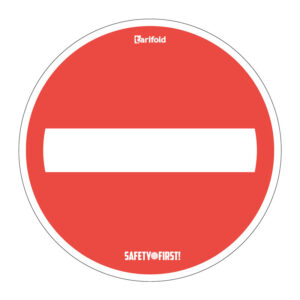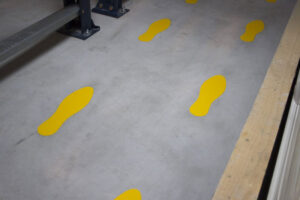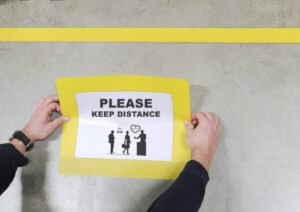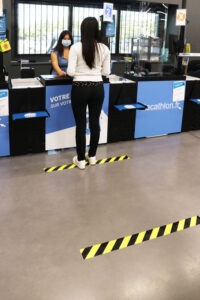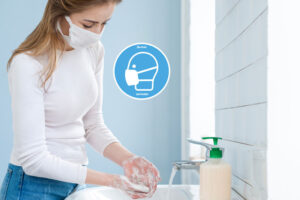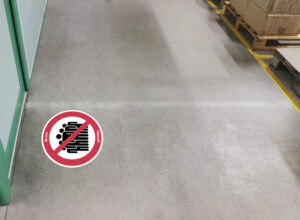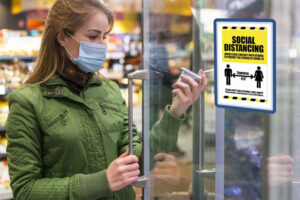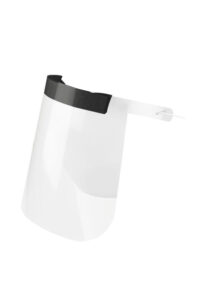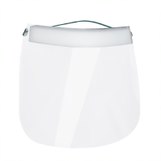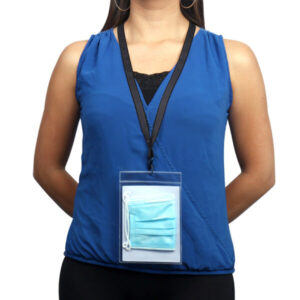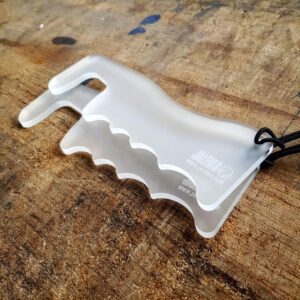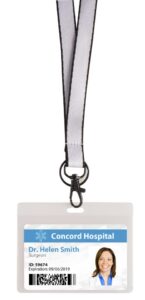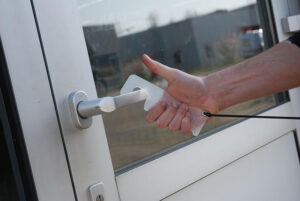Faced with the exceptional health situation caused by the Coronavirus, companies must change their work habits and adapt in order to be able to serenely resume or continue their activity.
This article will offer solutions to industrials aimed at helping them reorganise in order to comply with safety and health requirements set out as of September 2020: workspaces and breakrooms, breaktimes and working hours, PPE, outside intervention management.
Workspaces
Office spaces
The 4m² per person physical distance rule imposed by most authorities can prove to be complicated to manage (source). Many open-space offices need to be reorganised to comply with this rule. When possible, n rearrange the office space or move some desks. It is also possible to rotate some desks 90° to avoid employees being face-to-face. In addition to these solutions, there is also the possibility of installing protective screens between desks. There are several types of transparent protective screens that can be stood on the floor, clamped to the desk, hung or unrolled. Protective screens can be adapted to each environment and have the benefit of providing an additional sanitary barrier between employees.
To avoid cross-contamination, i.e. the deposit of viruses or bacteria on a surface which are then picked up by another individual, Tarifold has developed adhesives that continuously reduce the concentration of microbes. These antimicrobial adhesives are made for various uses such as door handles, microwaves, swing doors, double doors, revolving doors, counters, switches, elevator buttons, small screens, tables, desks…
Production areas
Factories and workshops require a different organization compared to offices. The position of each operator is, in most cases, at a suitable distance from colleagues. If this is not the case, it may be possible to install protective screens such as those indicated above for offices: screens to be hung or unrolled.
Contrary to office spaces, operators are however often required to move around to pick up materials or deliver their production. In these cases, one-way circulation corridors can be set up in the factory, in particular by means of floor markings or wall signs.
For changing rooms, it is a question of having a minimum number of people at the same time in this enclosed space. Signage can be hung to limit the number of people inside the locker room at the same time.
Breaks & Lunch -rooms
Break times can be difficult for the company to control. It is a time where employees tend to relax, drop their guard and be less socially distant with one another. Hydroalcoholic gel can be made available to employees near coffee machines, vending machines, refrigerators and microwaves. It is also possible to put up signs to remind employees of the hygiene and safety measures implemented by the company.
As far as the cafeteria area is concerned, every other seat around a table can be removed to ensure safe social distance during meals. The obligation to bring your own crockery and cutlery, to wash or disinfect your hands before and after using the fridge or microwave can also be imposed.
Work Scheduling
In order to limit contacts in office spaces or in production, a solution would be to make changes to working hours and schedules. One solution is to offer rotation schedules to office employees: this involves alternating home office days and in-house presence between employees who have their desks side by side or work in an open space, thus allowing the 4m² rule to be more easily respected. Operators, for their part, can benefit from staggered working hours. A division into teams would allow some to start earlier and others later, which would limit contacts over the day. By breaking plant workers into teams, companies would also be able to control the spread of the virus if an employee should become sick, by only isolating the team he belonged to instead of the whole workforce. Regarding coffee breaks and lunch times, to avoid groupings, time slots could be setup, for example via a shared online sign-up sheet, with a maximum allowance of people per slot.
Materials provided to employees
Since September 1, 2020 in France, companies have been required to provide disposable or reusable masks to its workforce. Continuous mask wearing is in fact mandatory in many European countries. Thus, the antimicrobial case for storing its masks, whether clean or used, is an item of equipment that has become highly appreciated by employees.
The company can also offer its employees protective face shields as additional equipment, They are a good barrier against large droplets projected after a sneeze or cough. Different models are available on the market for different uses (industrial, medical grade,…) and different physiognomies (size, thickness, dimensions, …). Be careful however, the use of a shield does not replace the wearing of a face mask. A shield will not stop fine particles in the air from being inhaled.
Larger companies, where employees must carry several badges, can also offer antimicrobial identification accessories, or multi-badges. Passing documents around the office is also a source of contamination for employees. This can be mitigated by using antimicrobial L-Folders to pass documents around for example, or simply privileging email over a physical paper trail.
Leaving office doors open to avoid having to touch them to open them is one way of avoiding cross-contamination between employees but can be inconvenient in terms of noise in the corridors or factory. It is possible to close these doors while being protected from the virus by adopting the use of a door opener. Simple and light, having a personal door opener will be appreciated by employees.
Management of external visitors
To reduce the risk of bringing the virus into the company, it is recommended to filter and limit external interventions/visits as much as possible. If an intervention or an appointment must take place, specific procedures can be defined and transmitted to each participant before the planned visit . For example, the wearing of a mask or shield should be made mandatory upon entry into the company. The mask or shield can either be provided by the host company or by the external company. A visitors’ log should be kept up to date with all people having accessed the company for contact tracing. It is also possible to require that workers wait in an outside waiting room while an internal person comes to pick them up. Visitors should be required to wash or disinfect their hands in the reception area. Measures can also be put in place by the host company to limit contact with employees. For example, toilets or a coffee machine may be provided for use by external staff only.

